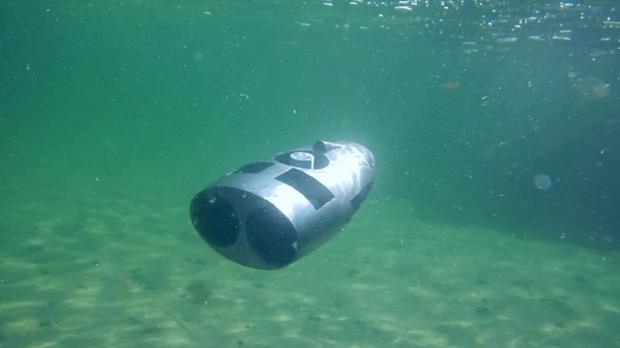
Breaking News
 Nancy Pelosi has officially announced her RETIREMENT at the end of her term, January 3, 2027.
Nancy Pelosi has officially announced her RETIREMENT at the end of her term, January 3, 2027.
 Omeed Malik: The Technocrat Muslim Billionaire Inside MAGA
Omeed Malik: The Technocrat Muslim Billionaire Inside MAGA
 Democrat-led government shutdown is now causing flight delays, threatening air traffic control,...
Democrat-led government shutdown is now causing flight delays, threatening air traffic control,...
Top Tech News
 HUGE 32kWh LiFePO4 DIY Battery w/ 628Ah Cells! 90 Minute Build
HUGE 32kWh LiFePO4 DIY Battery w/ 628Ah Cells! 90 Minute Build
 What Has Bitcoin Become 17 Years After Satoshi Nakamoto Published The Whitepaper?
What Has Bitcoin Become 17 Years After Satoshi Nakamoto Published The Whitepaper?
 Japan just injected artificial blood into a human. No blood type needed. No refrigeration.
Japan just injected artificial blood into a human. No blood type needed. No refrigeration.
 The 6 Best LLM Tools To Run Models Locally
The 6 Best LLM Tools To Run Models Locally
 Testing My First Sodium-Ion Solar Battery
Testing My First Sodium-Ion Solar Battery
 A man once paralyzed from the waist down now stands on his own, not with machines or wires,...
A man once paralyzed from the waist down now stands on his own, not with machines or wires,...
 Review: Thumb-sized thermal camera turns your phone into a smart tool
Review: Thumb-sized thermal camera turns your phone into a smart tool
 Army To Bring Nuclear Microreactors To Its Bases By 2028
Army To Bring Nuclear Microreactors To Its Bases By 2028
 Nissan Says It's On Track For Solid-State Batteries That Double EV Range By 2028
Nissan Says It's On Track For Solid-State Batteries That Double EV Range By 2028
Underwater drone explores the depths, with or without you

Denmark's Supportive Robotics, however, is developing one that's a bit different. Known as Allec, it can be piloted via remote control, but it can also perform its own autonomous missions.
In remote-control mode, Allec is hooked up to a Wi-Fi-equipped buoy via a 30-m (98-ft) electrical cable. That buoy is towed along at the surface, wirelessly sending and receiving signals to and from the user. Utilizing an iOS/Android app on their mobile device, the user controls Allec in real time, and views live video from an onboard 1080p/30fps video camera.
In autonomous mode, the buoy doesn't need to be used. Instead, Allec follows a preprogrammed "flight path," much like many aerial drones are able to do. Whereas they use GPS, though, Allec goes with a dead reckoning system – this means that it uses a compass and an inertial measurement unit (an accelerometer/gyroscope/magnetometer combo) to keep track of how far it goes, and in what directions.

 The Technocratic Dark State
The Technocratic Dark State Carbon based computers that run on iron
Carbon based computers that run on iron

